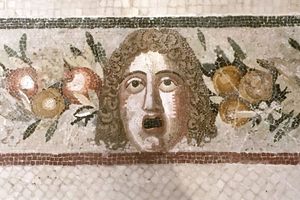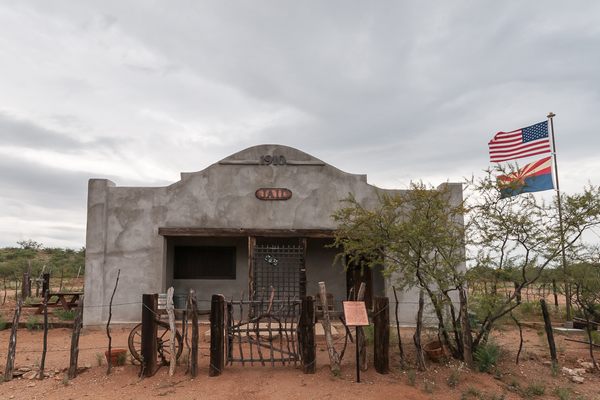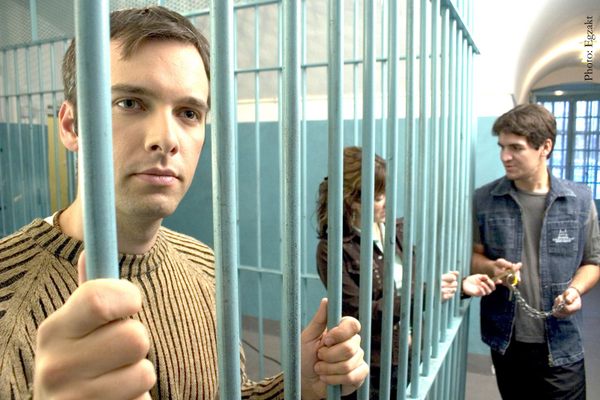About
The Mdina Dungeons Museum has taken a much campier approach to teaching history than some of Malta's more serious museums.
It is located within the historic walled city of Mdina underneath the Magisterial Palace (also known as the Vilhena Palace). The construction of this building was commissioned in the 1720s by Grand Master Antonio Manoel de Vilhena, leader of the Knights of St. John and ruler of the islands of Malta at the time. The Knights of St. John, who controlled Malta from 1530 to 1798, used this building as a law court; the basement would have been used to imprison and interrogate people.
After the Knights of St. John ceased to rule the islands, the building was used for other purposes. The top floors were eventually converted into a museum and opened as the National Museum of Natural History in 1973. The basement level is now occupied by the unaffiliated Mdina Dungeons Museum.
The former dungeon has been redecorated with realistic scenes of torture that include alleged medieval torture devices and mannequins, and some of these mannequins are shown bleeding or disfigured from the acts inflicted on them by other mannequins. The scenes within the museum progress from the Roman era to the brief Arab period and then to the rule of the Knights of St. John until concluding with Napoleonic France’s brief invasion of the islands.
However, while the scenes of torture might be used to lure people in, the museum also includes placards describing the general historical context of the torture or other scenes of suffering depicted within the museum. In other words, the Mdina Dungeons Museum is educational while still being entertaining for people who enjoy viewing gory recreations of torture.
Related Tags
Know Before You Go
The Mdina Dungeons Museum can be found immediately on the right (or to the east) upon entering Mdina through the Mdina Gate. The museum is located down a flight of stairs with a ticket booth at the top of the stairs.
Note that the museum is not wheelchair accessible.
Community Contributors
Added By
Published
October 30, 2024








































